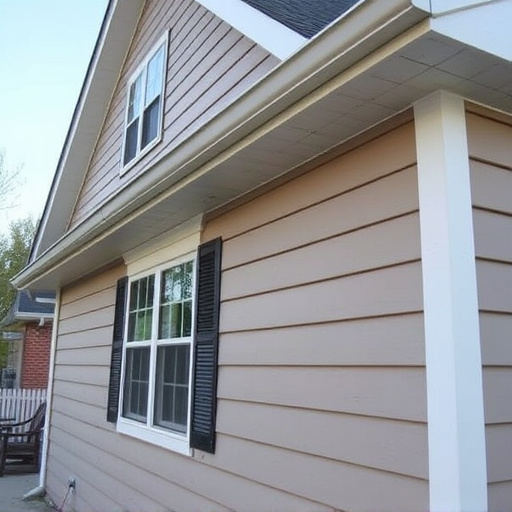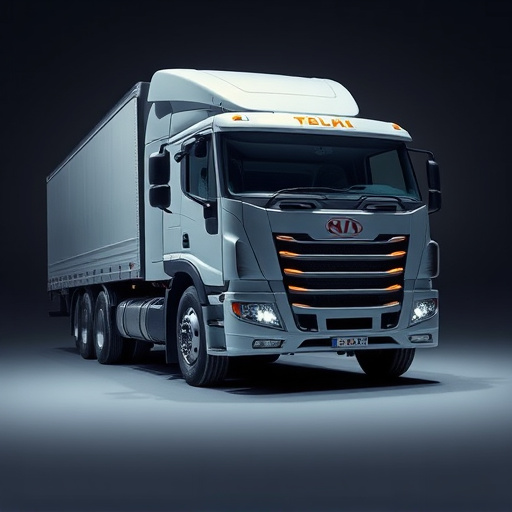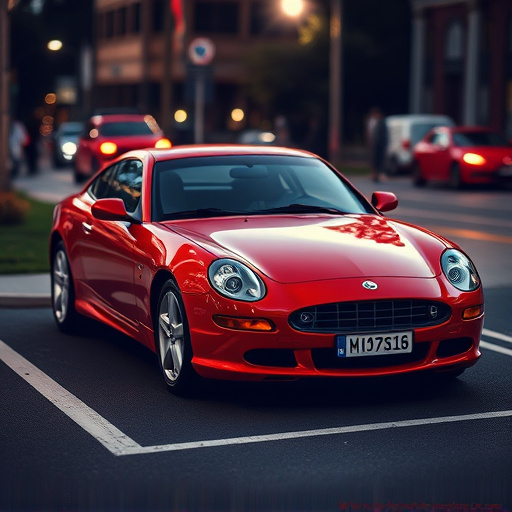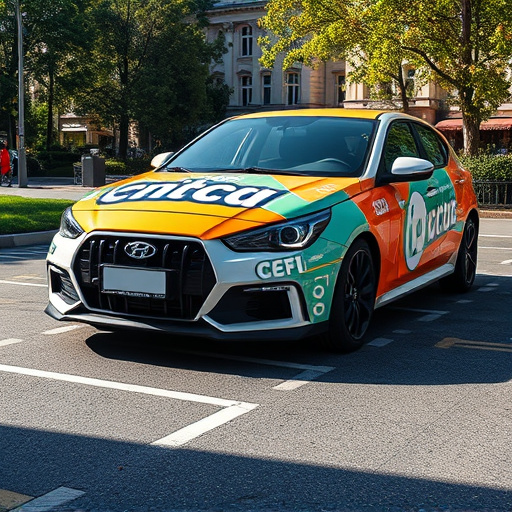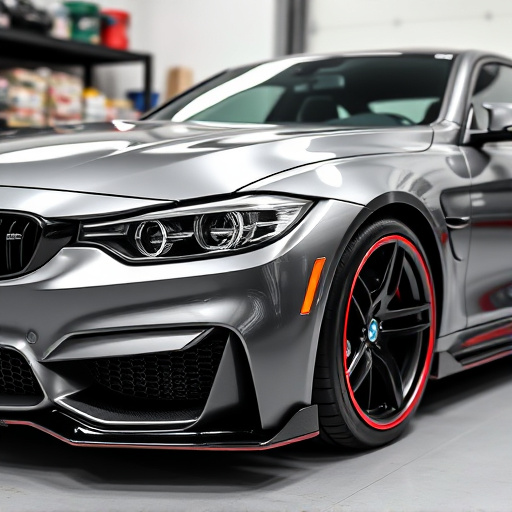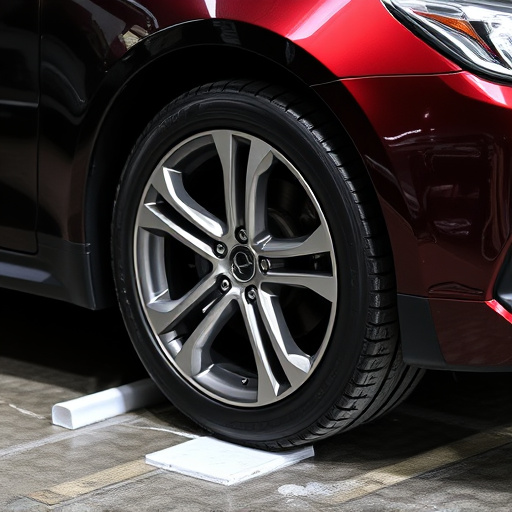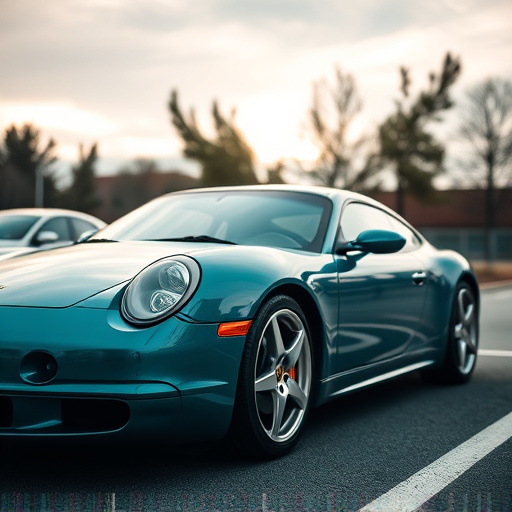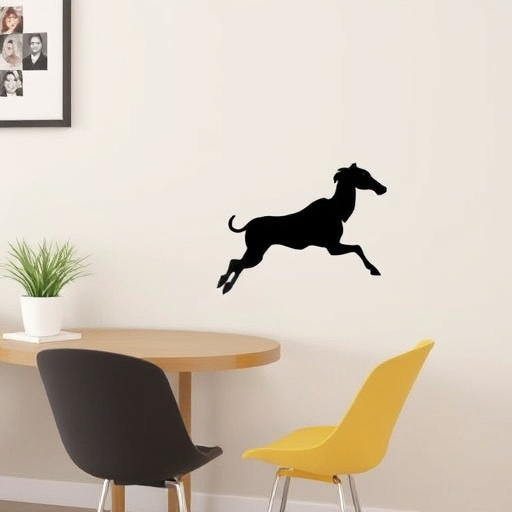Car paint protection is a crucial yet often overlooked aspect of vehicle care. Specialized coatings like clear coats, waxes, and ceramic coatings safeguard exteriors against environmental damage from UV rays, bird droppings, tree sap, and road salt. Benefits include preserving the original paint job, boosting resale value, and minimizing UV damage, especially when combined with window tinting. Advanced methods such as vinyl wraps or specialized coatings offer comprehensive protection, enhancing appearance and safeguarding investment value by preventing fading, chipping, scratches, and chips.
Protecting your vehicle’s finish is an investment in its long-term value. This comprehensive guide explores the world of car paint protection, equipping you with the knowledge to make informed decisions. From understanding the basics and uncovering the benefits to delving into diverse types like ceramic coatings, waxes, and sealants, we demystify this essential car care practice. Discover how car paint protection acts as a barrier against environmental damage, preserving your vehicle’s aesthetics and reselling value for years to come.
- Understanding Car Paint Protection: The Basics and Benefits
- Types of Car Paint Protection: A Comprehensive Overview
- Long-Term Vehicle Value: How Paint Protection contributes to Preservation
Understanding Car Paint Protection: The Basics and Benefits

Car paint protection is a crucial aspect of vehicle ownership that often goes overlooked until it’s too late. It involves the use of specialized coatings and films to safeguard your car’s exterior against various elements that can cause damage, fade, or detract from its overall value. The basics include applying layers of high-quality clear coats, waxes, or ceramic coatings, which create a protective barrier between your paintwork and environmental factors like UV rays, bird droppings, tree sap, and road salt.
The benefits are multifaceted. First, it preserves the car’s original paint job, maintaining its glossy finish and vibrant colors for longer periods. This is especially important for those who invest in intricate car customization or want to keep their vehicles looking as good as new. Additionally, professional PPF (Paint Protection Film) installation can enhance resale value by ensuring the paint remains in pristine condition, a factor that buyers often consider when making purchasing decisions. Beyond that, window tinting—another popular car customization option—can also contribute to paint protection by providing an extra layer of defense against UV damage and reducing the impact of direct sunlight on sensitive paint surfaces.
Types of Car Paint Protection: A Comprehensive Overview

Car paint protection is a crucial aspect of maintaining your vehicle’s long-term value and aesthetic appeal. There are several types of car paint protection available in the market, each offering unique benefits and advantages. These range from traditional waxes and polishes to more advanced coatings and wraps.
One popular option is ceramic window tinting, which not only enhances privacy but also provides a durable protective layer for your car’s paintwork. Custom vehicle wraps are another innovative solution, allowing owners to transform their cars’ appearance with eye-catching designs while safeguarding the underlying paint from environmental damages. For those seeking a more straightforward approach, conventional car paints and clear coatings provide basic protection against sun damage, UV rays, and minor scratches. This layer of defense is often combined with regular washing and waxing to maintain the vehicle’s finish.
Long-Term Vehicle Value: How Paint Protection contributes to Preservation

The long-term value of a vehicle isn’t just determined by its mechanical condition but also by its aesthetic appeal, with car paint being a significant component. Car paint protection goes beyond mere aesthetics; it’s an investment in preserving the vehicle’s resale value over time. Regular washing and waxing are essential upkeep practices, but they can only do so much to safeguard the paint from environmental factors like UV radiation, bird droppings, and tree sap, which can cause fading, chipping, and other damage.
Using advanced car paint protection methods such as vinyl wraps or specialized coatings offers a more comprehensive solution. These protective layers act as a barrier against damaging elements, retaining the original paint’s gloss and vibrancy for years to come. Moreover, they can also provide an extra layer of defense against minor scratches and chips, further enhancing the vehicle’s overall appearance and protecting its financial value. Think of it as insuring your investment—a sleek, protected exterior means you’ll get better returns when it comes time to sell.
Car paint protection is not just a cosmetic consideration; it’s an investment in your vehicle’s long-term value. By understanding the basics and exploring the various types available, you can ensure your car retains its beauty and resale value for years to come. Implementing the right paint protection measures acts as a shield against environmental factors and everyday wear and tear, allowing you to enjoy your vehicle without constant worry about maintenance.


